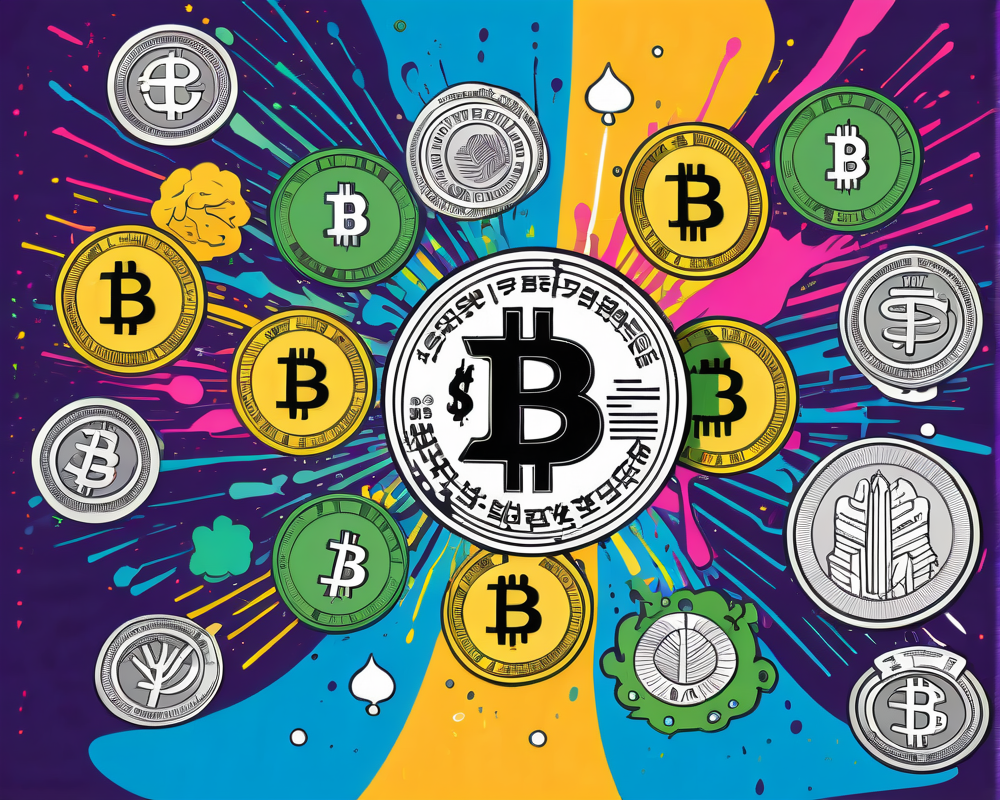Introduction: The Rise of Decentralized Exchanges
Since their introduction in 2014, decentralized exchanges (DEXs) have transformed the cryptocurrency trading landscape, allowing users to facilitate peer-to-peer transactions without relying on centralized platforms. Although early iterations of DEXs presented various complexities and usability challenges, developers have made significant strides to enhance accessibility and functionality for users.
The Transition to User-Friendly Platforms
The development of the decentralized finance (DeFi) sector has led to increased interest in DEXs, particularly automated market maker (AMM) platforms, which have gained traction due to their simplicity and improved liquidity. By leveraging smart contracts, DEXs enable users to trade directly from their noncustodial wallets, eliminating the necessity to store funds on the exchange itself.
Issues with Early DEXs
Many early DEXs operated using an order book system that required users to input trading specifics manually. This method posed several challenges:
- Gas Fees: Users incurred transaction fees each time they placed an order, risking financial losses from incorrect entries.
- Human Error: Manual inputs increased the likelihood of “fat finger” mistakes, resulting in drastically overpaying for tokens.
- Low Liquidity: Users often faced long wait times while executing trades, as liquidity depended on the availability of other traders.
The Emergence of AMM DEXs
The introduction of AMM DEXs revolutionized the trading experience by providing liquidity pools filled by liquidity providers, allowing for near-instant token swaps. This shift means traders no longer wait for orders to be filled and can interact with integrated decentralized applications (DApps) with ease.
Modern DEXs: Improving User Experience
Today’s DEXs feature minimalistic user interfaces that create a more streamlined experience compared to the previously complicated order book methods. This enhanced user-friendliness has translated into greater adoption, particularly during the 2021 bull market when more investors flocked to buy low-cap coins.
User Feedback and Security Considerations
While trading on DEXs has become more accessible, certain platforms, particularly regulated DEXs like Soma, still require users to complete Know Your Customer (KYC) and anti-money laundering (AML) checks. Despite these barriers, many traders appreciate the transparency that comes with these processes.
Community Perspective: A Positive Shift
Experts in the DeFi sector affirm that DEXs have significantly improved in usability. Andrei Grachev, managing partner at DWF Labs, noted:
“DEXs are much more user-friendly than before… Connecting one’s wallet to DEXs only takes a couple of seconds, and the clean interface allows for fuss-free trading.”
The Future of Decentralized Exchanges
As the crypto industry matures and new projects emerge within the DeFi space, there is a growing expectation that DEXs will continue evolving to offer even more intuitive user experiences. Innovations in programming, along with a commitment to enhancing liquidity and transaction efficiency, will solidify DEXs as viable alternatives to traditional centralized exchanges (CEXs).
Conclusion: The Path Ahead for DEXs
The transformation of decentralized exchanges from difficult-to-use, niche platforms to accessible, user-friendly trading solutions demonstrates the potential of innovation in the crypto space. As the community embraces decentralized finance, the ongoing development of DEXs is set to reshape the crypto trading landscape, promising to empower users worldwide through decentralized technology.




